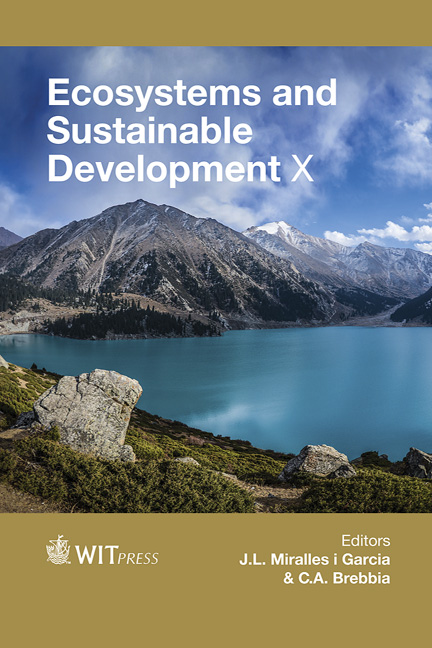Environmental Changes And Temporal Distribution Of Order Rodentia In North-East Brazil, And Its Link To The El Niño Southern Oscillation And Drought In The Region
Price
Free (open access)
Transaction
Volume
192
Pages
9
Page Range
33 - 41
Published
2015
Size
328 kb
Paper DOI
10.2495/ECO150041
Copyright
WIT Press
Author(s)
G. Cruz Santos
Abstract
Between 1978 and 2010 in the Low San Francisco Sergipano (“LSFS”) North-East Brazil (“NEB”) region, there have been outbreaks of rodent plagues with an irregular temporal scale but in the same spatial scale, where rats have attacked the floodplain rice fields. Rats constitute a serious problem, insofar as they affect rice growing in this region causing massive economic losses. “El Niño” (EN) has a significant impact on animal communities and its effects on NEB are most often associated with years of drought throughout that region, which tested serious environment changes in the 1970s. The genera and species identified in the paper are Holochilus sicureus, which is predominant in the LSFS, Oryzomys sublavus, Rattus spp., and Nectomys sp. This comparative study of the plague years suggest that the temporal scale for the rat plague is related to the El Niño/Southern Oscillation (ENSO) years and climatic conditions in the dry season in the NEB region.
Keywords
floodplain, Holochilus, Low San Francisco Sergipano, Neópolis, Propriá, rodent outbreak





